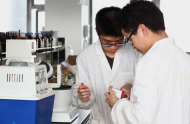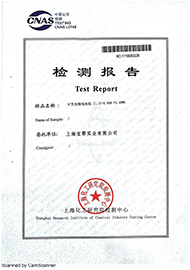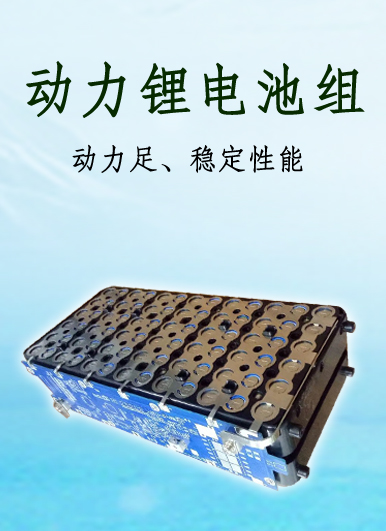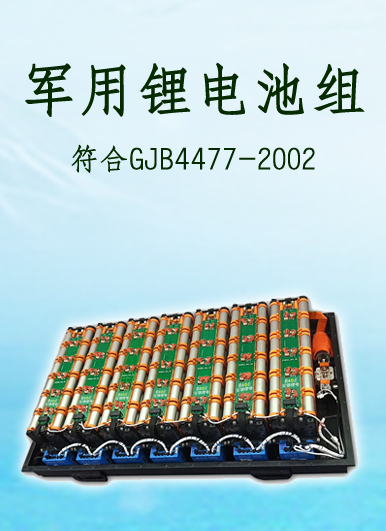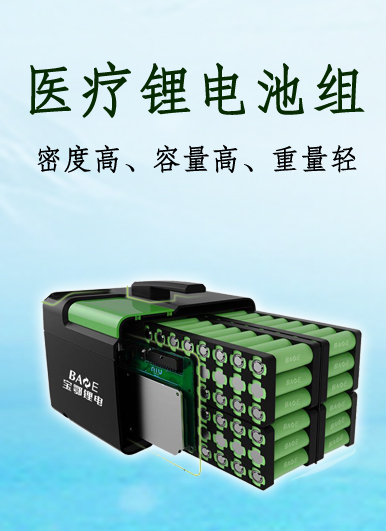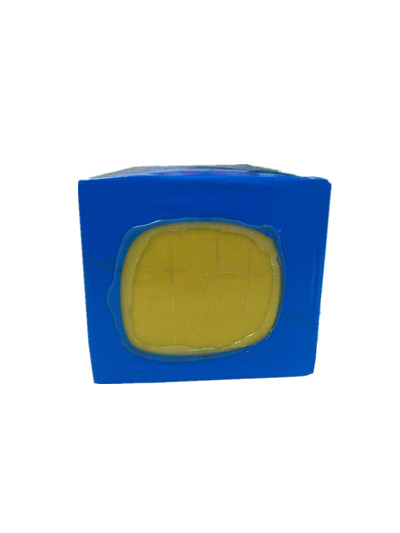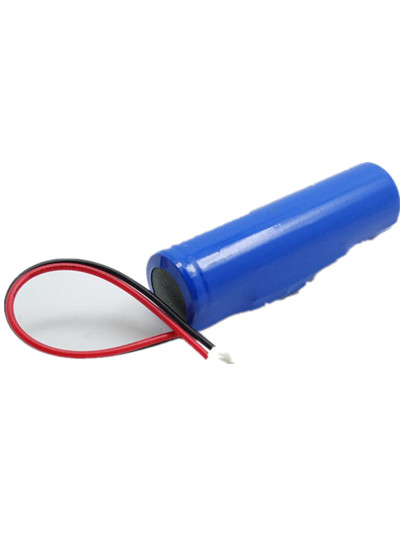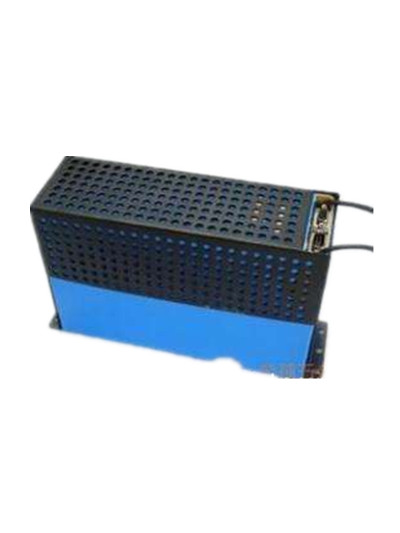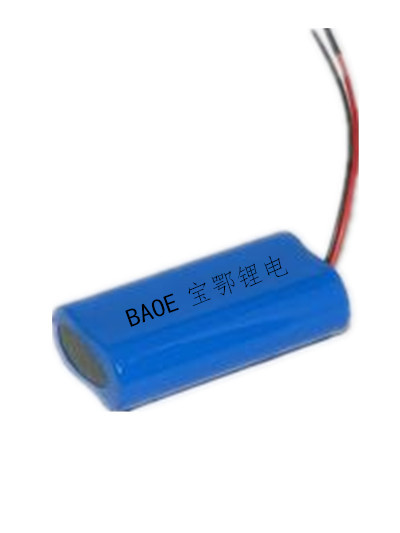随着补贴退坡,产品将回归市场主导,动力电池企业需要拼成本、拼产品,加速行业优胜劣汰。业内人士向记者表示,面对无补贴市场,企业已通过各种手段来降低成本。
从技术角度,可以通过提升电池的一致性,提高产品良品率,增大电芯尺寸,实现电池结构件轻量化等方式实现整体成本的下降。
从生产角度,可以通过提高产量、扩大规模效应,提升自动化水平、实现模块化设计来降低成本。
从商业模式上,可以通过实施车电分离、电池租赁、汽车金融、以租代购等方式来淡化电池成本;也可以将新能源汽车、储能、梯次利用回收结合起来,通过延长产品生命周期来降低成本。
转战细分领域
业内人士向记者表示,补贴退坡乃至完全退出是板上钉钉的事,整个行业早已开始为无补贴市场做准备,有些选择找细分市场做专攻的,有些提前备粮过冬,有些则选择兼并重组。。。。。。
起点锂电大数据了解到,去年以来已经有大批二三线动力电池企业开始调整市场策略,转向小动力、电动工具、电动自行车、储能和低速车等不依赖补贴的细分市场,这些市场一般都是现金交易,付款情况良好。
With subsidies declining, products will return to market dominance. Power battery companies need to fight for costs and products to speed up the industry's survival of the fittest. Industry insiders told reporters that in the face of the non-subsidized market, enterprises have adopted various means to reduce costs.
From the technical point of view, the overall cost can be reduced by improving the consistency of batteries, improving the rate of good products, increasing the size of batteries, and realizing lightweight batteries.
From the production point of view, we can reduce costs by increasing production, expanding scale effect, improving automation level and realizing modular design.
From the business model, the cost of batteries can be diluted through the implementation of vehicle-electricity separation, battery leasing, automobile finance, rent on behalf of purchase, etc. It can also combine new energy vehicles, energy storage, cascade utilization and recycling to reduce costs by prolonging the product life cycle.
Subdividing the field of warfare
Industry insiders told reporters that subsidies to retreat or even to withdraw completely is a matter of certainty. The whole industry has already begun to prepare for the non-subsidized market. Some choose to specialize in market segments, some prepare grain in advance for winter, and some choose to merge and reorganize....
Starting from the data of Lithium and Television University, it is known that since last year, a large number of second and third-line power battery companies have begun to adjust their market strategies to small power, power tools, electric bicycles, energy storage and low-speed vehicles, which are not dependent on subsidies. These markets are generally cash transactions, and payment is good.
In the field of electric tools, the annual composite growth rate of lithium battery market is 6.6%, and the market scale is expected to exceed 120 billion yuan by 2020.
In the field of electric bicycles, relevant documents banning lead acid have been formally implemented, which opens the door of policy for opening the era of full replacement of lithium batteries. At present, there are about 200 million electric bicycles in the domestic market. The average electricity consumption per vehicle is 0.6 KWh, which will bring at least 18 GWh demand for lithium batteries.
In the field of energy storage, the data show that the capacity of China's energy storage market will exceed 600 billion yuan in the next decade. By 2020, the cumulative installed capacity of China's energy storage market will exceed 50 GW, and the investment and construction of energy storage will reach 230 billion yuan.
In the telecommunication market, it is estimated that if the existing ordinary lead-acid batteries of China Mobile were replaced by lithium iron phosphate batteries, the market scale would be as high as 800 billion yuan, and the whole telecommunication industry would be a potential market of hundreds of billions or even trillions.
Rewarming of lithium iron phosphate
In the past, because of the policy to encourage high energy density, ternary batteries emerged as the mainstream of the industry. Now, with the decline of subsidies, the introduction of high nickel ternary batteries has slowed down, and the safer and cheaper lithium iron phosphate has a great potential to fight back.
One proof is that the proportion of lithium iron phosphate in the announcement of new products issued by the Ministry of Industry and Information Technology has been rising steadily since the beginning of this year, increasing to more than 70% from the beginning.
In 316 batches of announcements, lithium iron phosphate accounted for 50%, 317 batches of announcements accounted for 60.4%, 318 batches of announcements accounted for 61.9%, 319 batches of announcements accounted for 69.7%, 320 batches of announcements accounted for 72.5%, 321 batches of announcements accounted for 72.7%.
Industry analysis shows that with the decline of subsidies, the cost advantage of lithium iron phosphate will be highlighted, and there will be great potential in the pursuit of cost-effective areas. On the one hand, high-end passenger cars will continue to use high-energy density ternary batteries to obtain high-end subsidies for international car companies; on the other hand, in the price-sensitive area of passenger cars below grade A0, some companies will turn to lithium iron phosphate batteries with higher performance-price ratio. Especially for vehicles with 150 - 250 kilometers driving distance, lithium iron phosphate has more cost advantages and will be favored by the market.在电动工具领域,锂电池市场年均复合增长率达6.6%,预计到2020年市场规模将超过1200亿元。
在电动自行车领域,禁用铅酸的相关文件已正式实施,这为开启锂电池全面替换时代打开了政策大门。而当前国内电动自行车的市场保有量约2亿辆,每辆车平均用电量0.6KWh测算,将为锂电池带来至少18GWh的需求量。
在储能领域,数据显示,未来十年我国储能市场的容量将超6000亿元,到2020年,我国储能市场累计装机规模将超过50GW,储能投资建设规模将达到2300亿元。
在通讯市场,据测算,如果把中国移动现有的普通铅酸电池全部替换成磷酸铁锂电池,市场规模高达8000亿元,而整个通信行业是几千亿甚至上万亿的潜在市场。
磷酸铁锂回暖
曾经,由于政策鼓励高能量密度,三元电池乘风而起,成为行业主流,如今随着补贴退坡,高镍三元电池导入放缓,更安全、成本更低的磷酸铁锂大有反扑之势。
一个佐证是,今年以来工信部发布的新产品公告中,磷酸铁锂所占比重一路上升,从开始的二分天下增长至七成以上。
在第316批公告中,磷酸铁锂占50%,317批公告中占比60.4%,318批公告中占比61.9%,319批公告中占比69.7%,320批公告中占比72.5%,321批公告中占比72.7%。
业内分析认为,随着补贴退坡,磷酸铁锂的成本优势将凸显,在追求性价比的领域将大有可为。一方面,高端乘用车将继续使用高能量密度的三元电池,以对标国际车企,获取高档补贴;另一方面,在对价格敏感的A0级以下乘用车领域,部分车企将转向性价比更高的磷酸铁锂电池。尤其是续驶里程150—250公里的车,由于磷酸铁锂更具成本优势,将得到市场青睐。수당 퇴출에 따라 제품은 시장에 복귀 시장을 주도하고 동력전지 기업은 원가, 스펠링을 하고, 업종 우승 열패를 가속시킬 것이다.업계 인사들은 무보조금 시장에 직면해 기업은 이미 각종 수단을 통해 원가를 낮추었다고 밝혔다.
기술적 차원에서 배터리 의 일치성을 높이고 제품 양품율 을 높이고, 배터리 구조 소량화 등 방식으로 전체 원가 의 하락을 실현할 수 있다.
생산 차원에서 생산량을 높이고 규모를 확대하고, 자동화 수준을 높이고, 모듈화 설계를 실현하여 원가를 낮출 수 있다.
상업모드에서 차전 분리, 배터리 임대, 자동차 금융, 임대 대금 등으로 배터리 원가를 담화할 수 있다. 신에너지 자동차, 저축차, 계단식 이용 회수 결합, 제품 생명 주기를 통해 원가를 낮출 수 있다.
세분분야
업계 인사들은 기자에게 퇴출은 물론 완전히 탈퇴하는 것은 판박이다. 모든 업계는 이미 무보조금 시장을 준비하기 시작했고, 어떤 것은 세분시장을 찾아서 전공하는 것을 선택하고, 일부 사전에 식량을 준비하고 겨울을 쇠고 어떤 것들은 합병팀을 선택했다.
기점 리튬 데이터는 지난해 이후 이미 이삼선 동력 배터리 업체들이 시장 전략을 조정하기 시작했고, 소동력, 전기 자전거의, 저속차 등 보급에 의존하지 않는 세분시장이 일반적으로 현금거래, 지불 상황이 양호하다.
전기 공구 분야에서 리튬 배터리 시장은 연평균 복합 성장률이 6.6% 로 202020년 시장 규모가 1200억 위안을 넘을 것으로 예상된다.
전동자전거의 영역에서 납산을 금지하는 관련 문서가 정식으로 시행돼 리튬 배터리가 전면 교체 시대를 위한 정책문을 열었다.현재 국내 전동자전거의 시장 보유량은 약 2억 대, 차당 평균 전량 0.6kWh 측산은 리튬 배터리와 최소 18GWh 수요량을 가져올 것이다.
저축에너지 분야에 따르면 미래 10년 동안 우리나라 저축에너지 시장의 용량은 6000억 위안을 넘어 2020년까지 우리나라 저축에너지 시장 누적기 규모가 50GW를 넘어 저축할 수 있는 투자건설 규모가 2300억 위안에 이른다.
통신시장에서 중국이 기존의 일반 연산전지를 모두 인산철리튬 배터리로 바꾸면 시장 규모가 8000억 위안에 달하고 전체 통신업계는 수천억억대의 잠재시장이다.
인산 철리튬
고에너지 밀도를 장려하기 때문에 3원 배터리가 바람을 타고 업종의 주류로 떠올랐고, 지금은 보조금 퇴파에 따라 고니켈 3원전지 도입이 완화되고 더욱 안전하고, 원가 낮은 인산 철리튬이 반격적인 추세다.
한 보좌증은 올해 들어 공신부가 발표한 신제품 공지에서 인산철리튬이 차지하는 비중이 상승하면서 시작된 2분천하에서 7퍼센트 이상으로 늘어난 것이다.
316건의 공고에서는 인산철리튬이 50%, 317건의 공지 중 60.4%, 318건의 공지 중 61.9%, 319건의 공지 중 69.7%, 320건의 공지 중 72.5%, 3121건의 공지 중 72.7%를 차지했다.
업계에서는 퇴락과 인산철리튬의 원가 우세가 두드러질 것으로 분석했다.한편 고단 승용차는 고속 에너지 밀도 3원 배터리를 계속 사용해 입찰 국제차 기업으로 고급보조금을 받고 있으며, 한편, 가격에 민감한 A0 급 이하 승용차 분야에서 일부 차기업은 더 높은 인산철리튬 배터리로 전환할 계획이다.특히 시내 150 ∼250킬로미터의 차로 인산철리튬이 더 원가 우세하기 때문에 시장의 주목을 받고 있다.

